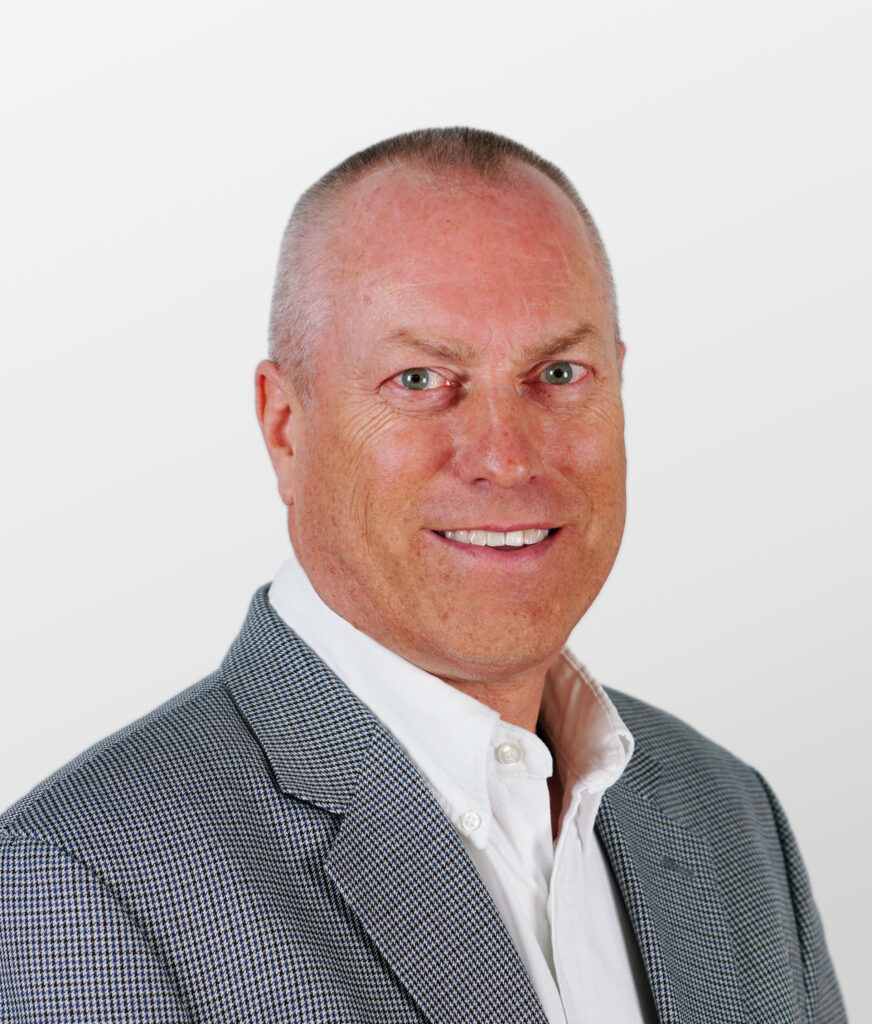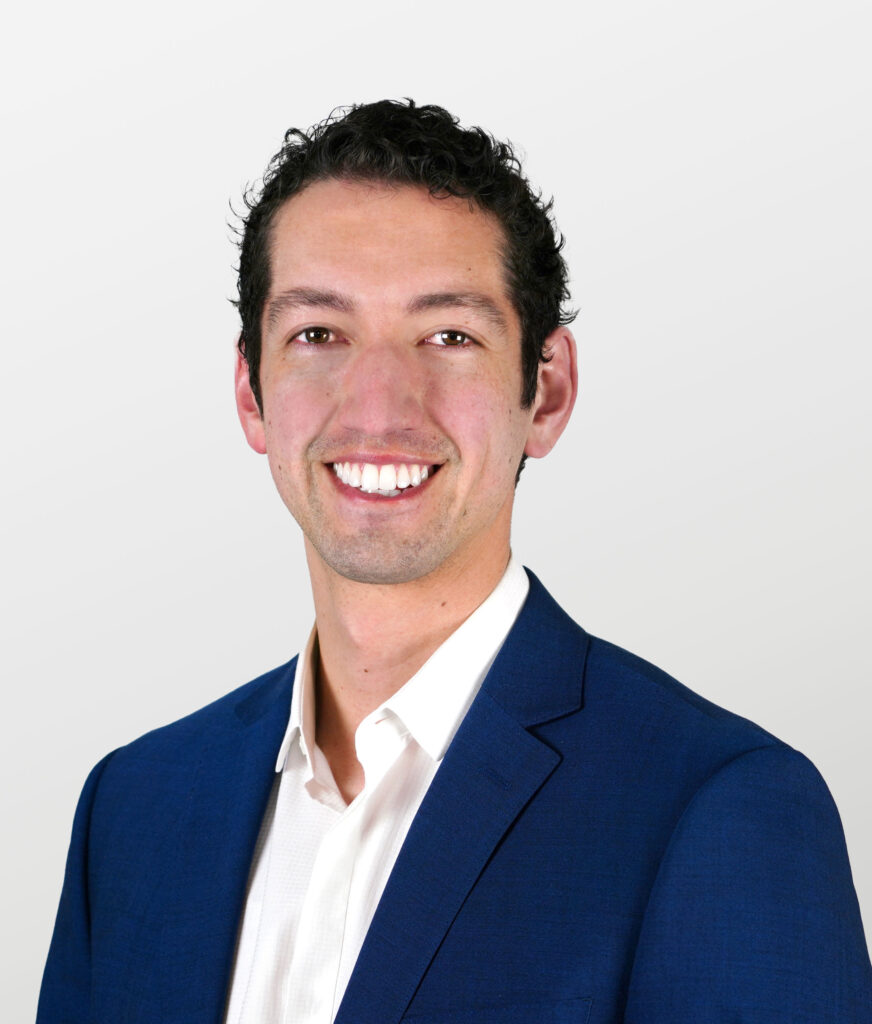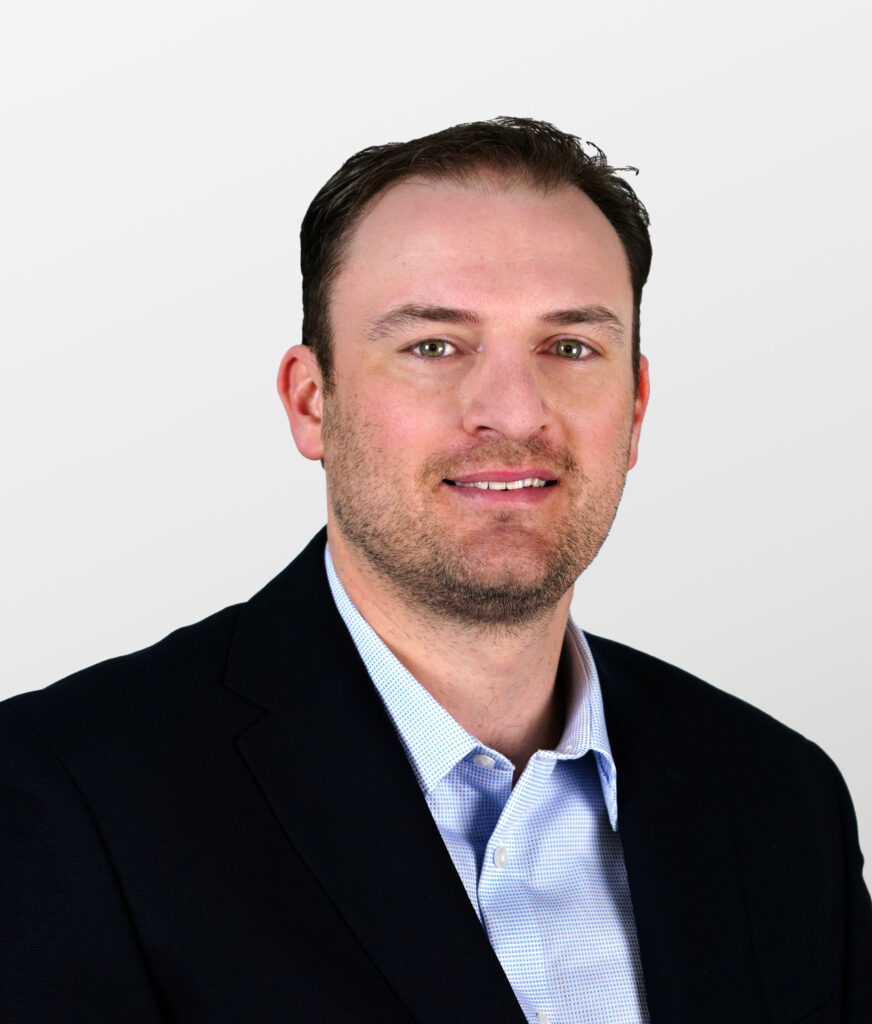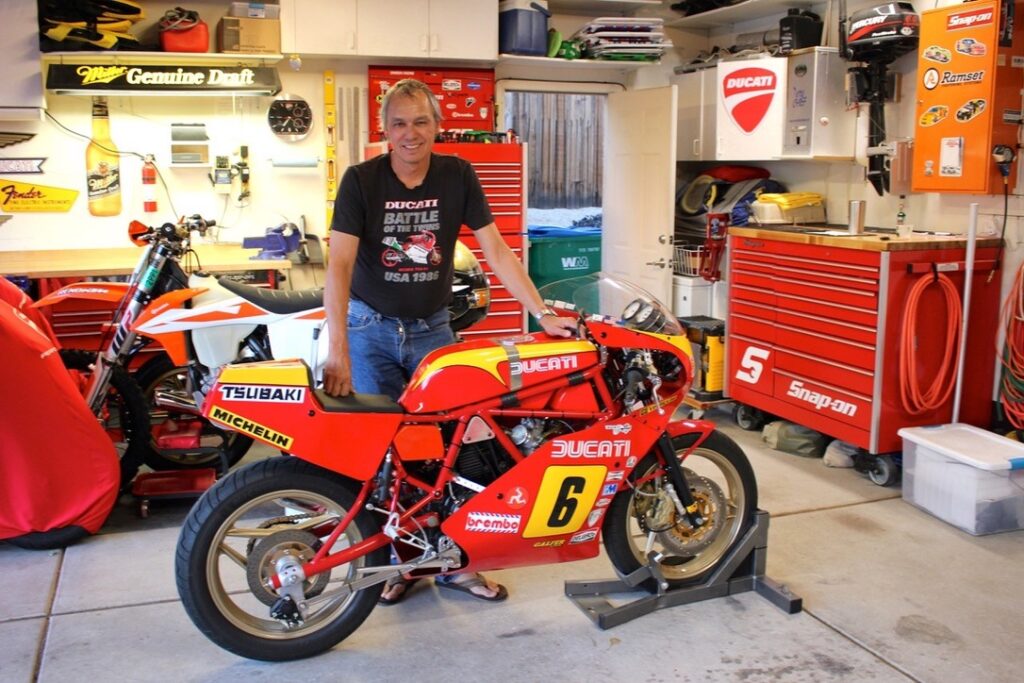74. INTRODUCTION TO SHOCK AND VIBRATION ISOLATION AND DAMPING SYSTEMS
This paper presents an introduction to shock and vibration isolation of complex structures and mechanisms. It provides an outline of various ways to provide isolation, shock absorbing and damping within a wide array of dynamic systems and structures. This paper presents key definitions that are widely used within the shock and vibration community. Additionally, useful formulae are presented that provide the user with an approach to typical problems. Finally, a comparison of different types of shock isolators, shock absorbers and dampers compares their advantages and disadvantages for use in the commercial, military, and aerospace sectors.













